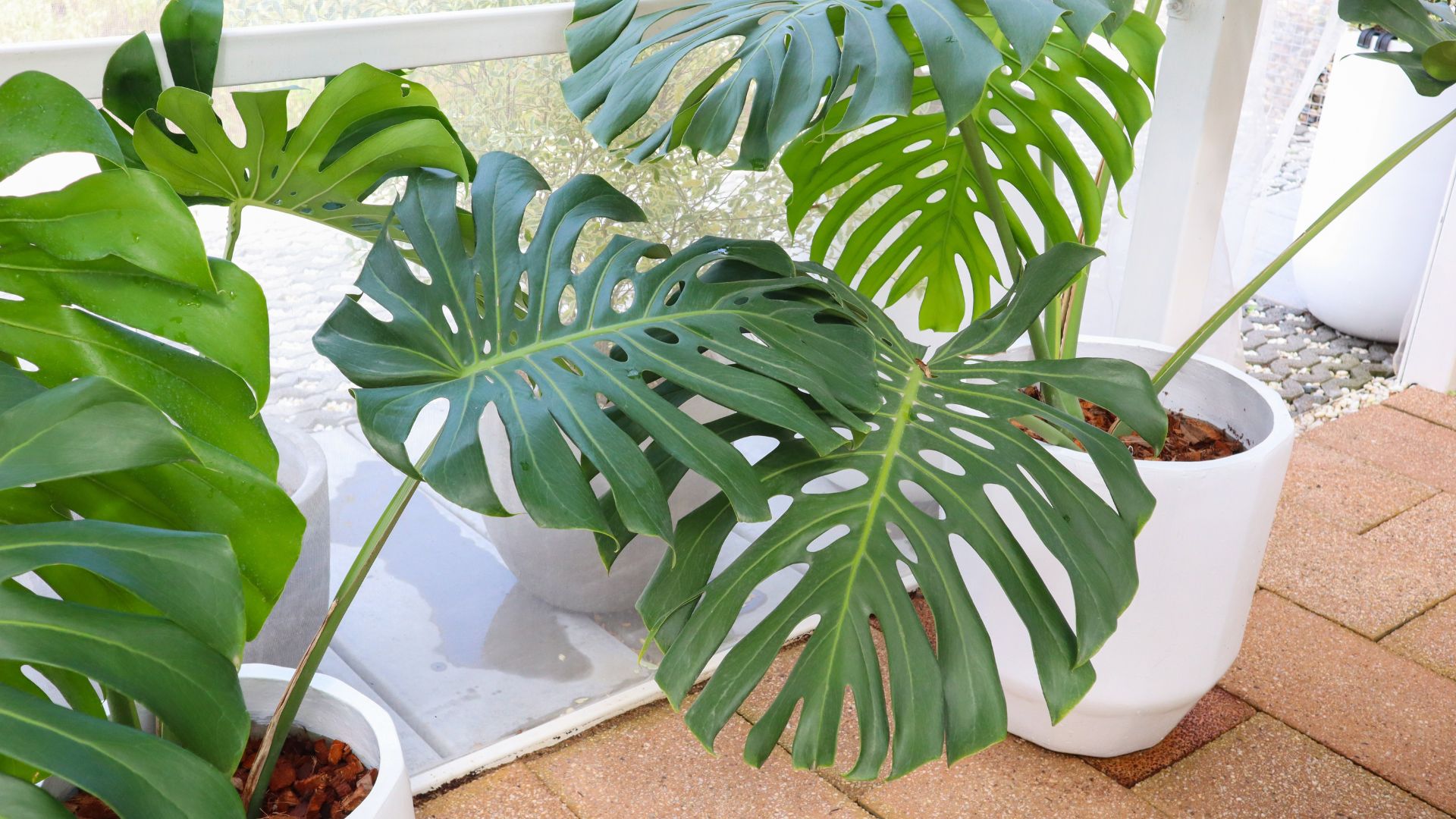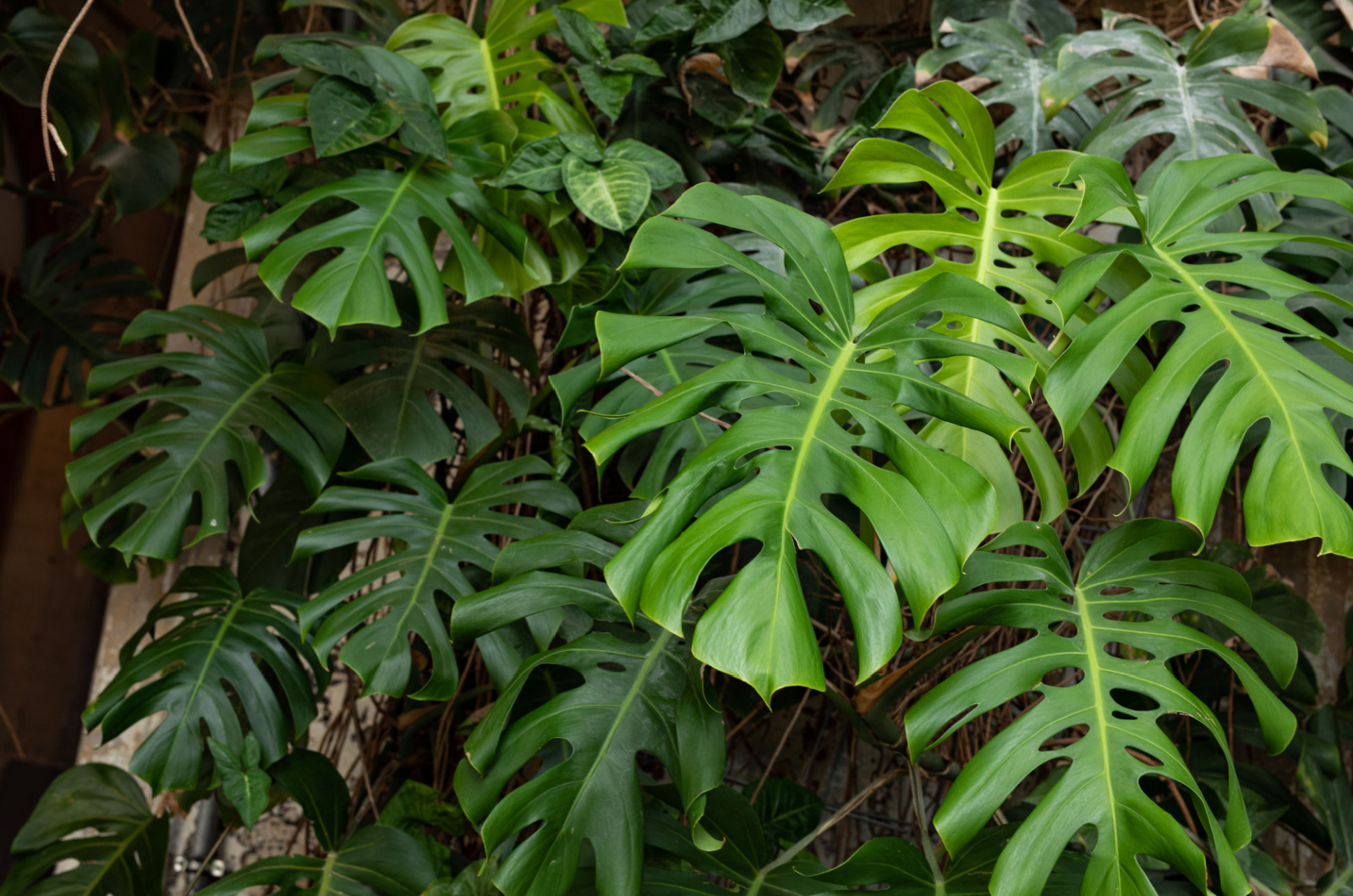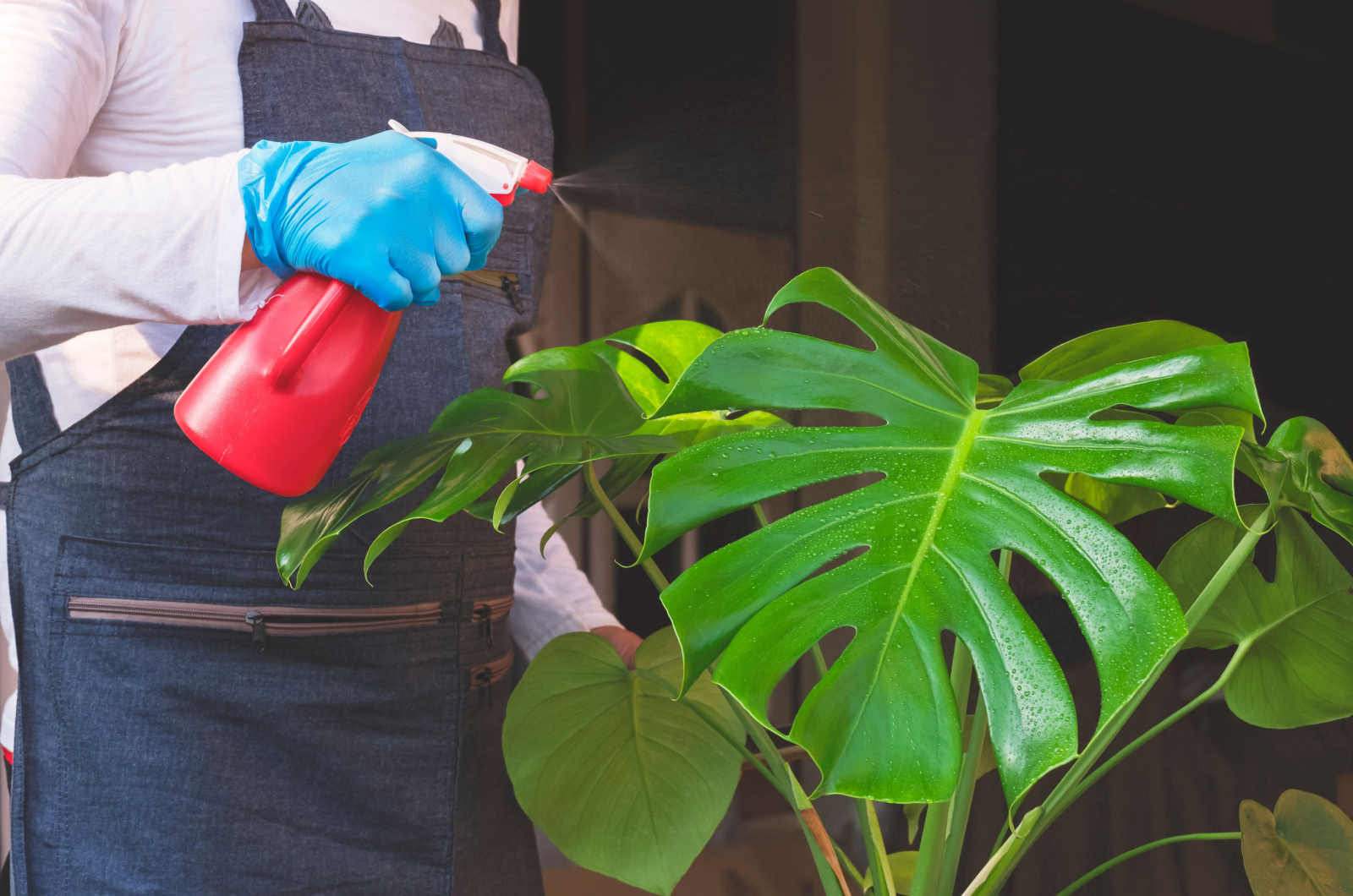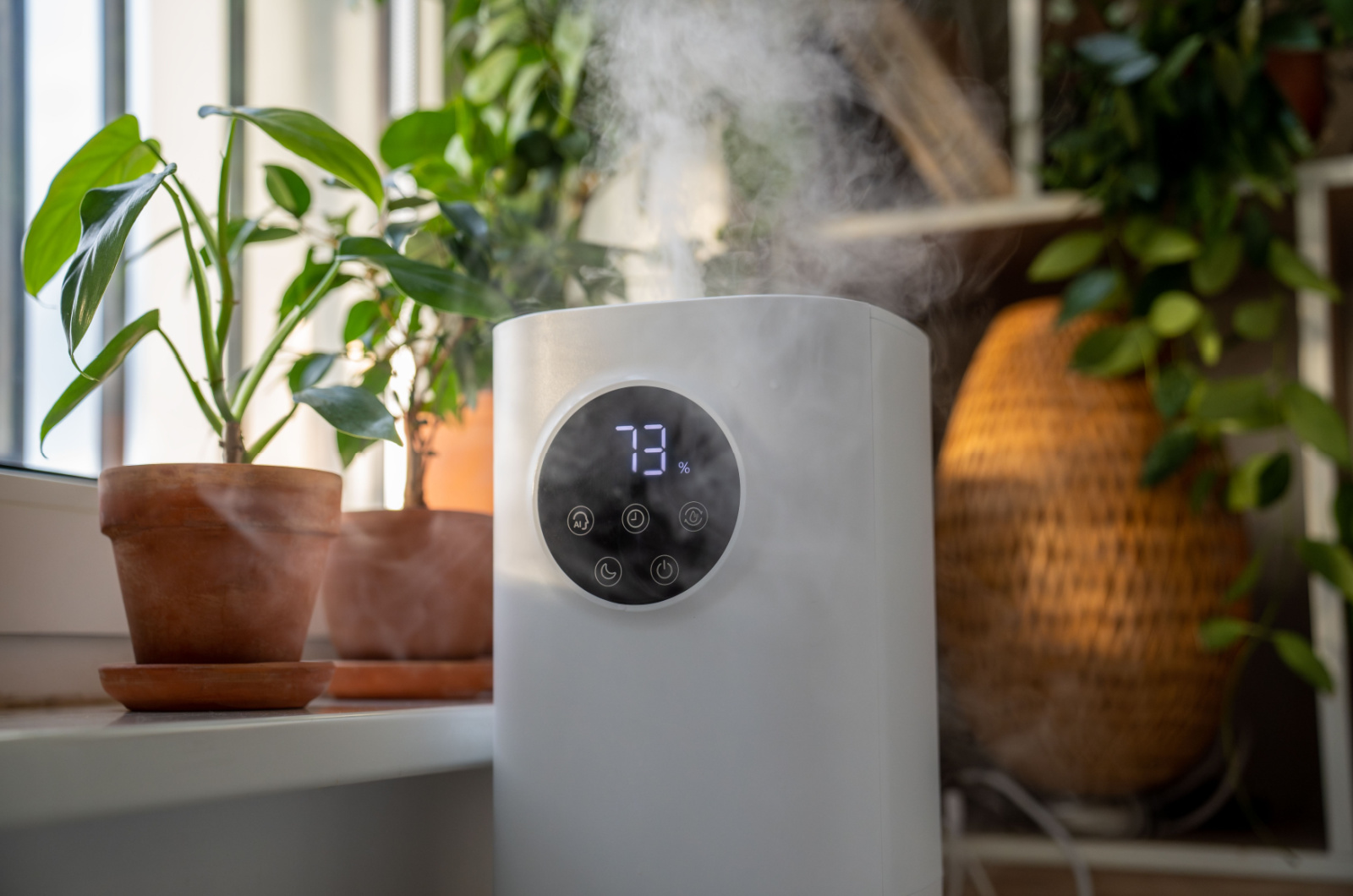If there was a competition for the most famous indoor plant, Monstera deliciosa would definitely win it. These captivating tropical species are adorned with lovely fenestrated foliage which I like to call their trademark.
The deliciosa species has a climbing growth habit and can thrive in lower light conditions, which is pretty unusual for houseplants.
But there’s one thing this plant can’t live without! Let’s see the key to keeping your Monstera deliciosa happy and healthy!
The Secret Revealed
One of the essential things to understand about Monstera plants in general is that they are native to tropical areas, where humidity is way higher than in indoor environments.
And the key to the healthy growth of your deliciosa plant is to mist it to raise humidity levels.
By increasing humidity, your prized houseplant will be able to regulate its transpiration process. In other words, it will lose moisture slower, which will prevent dehydration.
Ensuring enough humidity for Monsteras will also encourage nutrient and water uptake from the growing substrate.
We all know that plants can’t live without these resources, and your deliciosa will thrive if you provide it with such conditions.
Crispy leaves with brown edges are some of the common Monstera issues, and a humid environment will help you avoid them.
So, if you want your Monstera deliciosa to reach its full potential, you should mist it. Let’s see when and how to do it!
When And How To Mist Monstera Deliciosa
There has been a lot of discussion about the misting method and its actual effect on humidity around houseplants.
If done correctly, this method will raise moisture levels in the air and your Monstera deliciosa is destined to thrive. But what does correct misting mean?
Let’s first discuss the best time of day to employ this technique. Always mist your Swiss Cheese plant in the morning so that the leaves can dry and cool throughout the day.
Mist the plant whenever it displays signs of drooping or when the growing substrate feels dry to the touch.
However, be careful not to overdo it, i.e., don’t mist it too frequently because fungus can develop and cause unnecessary problems.
You can do it a couple of times per week but conditions in your home should be your guidance in creating a perfect schedule.
For instance, misting will most likely be more required during cool and dry seasons.
When it comes to tools and supplies for misting, I recommend using a spray bottle and room-temperature water to avoid stressing your indoor green buddy.
The water droplets left on the leaves should be small and evenly distributed, so it’s essential to select a bottle with a fine mister.
When misting your Swiss Cheese plant, don’t forget the leaf undersides!
Methods For Increasing Humidity Around Houseplants
Misting is indeed a famous method and gives great results if done correctly. But that’s not the only way to raise humidity for your indoor green buddies.
If you have more tropical houseplants and you’re struggling to ensure enough humidity, then a humidifier is the best option. There are types of humidifiers that also measure humidity so you don’t have to worry about that, too.
But these devices can be pricey and if you don’t want to make such investments, you can create a microclimate. This refers to grouping your houseplants so they’ll release moisture and increase the humidity around them.
Another benefit of this method is that it elevates your home decor.
Now I have another controversial method, using a pebble tray to create a humid environment. Many gardeners don’t believe in this technique but the thing is that it works if you need to increase humidity just a little bit.
What I like about this method is that it prevents the roots of any humidity-loving species from sitting in standing water. You put a couple of pebbles in a shallow dish, pour some water, and put your deliciosa on top.
Try various methods and combine them if necessary until you reach your goal. And that’s increasing humidity for a happy and healthy Monstera deliciosa!




